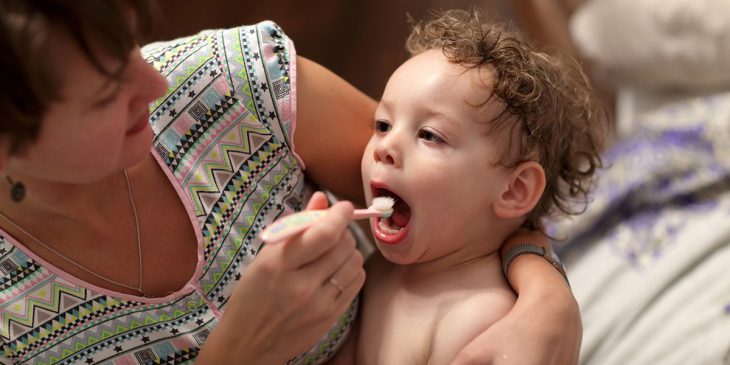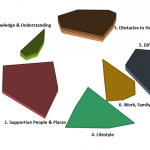Mothers from Pittsburgh and throughout West Virginia receive conflicting information — and disinformation — about the use of fluoride to promote healthy teeth, leading to confusion and difficulty making oral health decisions for their children, according to a new study led by University of Pittsburgh School of Dental Medicine researchers.
The findings, published recently in JAMA Network Open, could inform new community-based approaches for communicating facts about the cavity-preventing benefits of fluoride to moms in Appalachia, the region with one of the highest rates of oral health problems in the country.

Dr. Jacqueline Burgette
“Our study shows how difficult it is to make a decision for your child’s health,” said Dr. Jacqueline Burgette, assistant professor of pediatric dentistry at Pitt. “As a dentist, I know that the benefits of fluoride are clear. But that message is not the only one that’s being communicated to parents. When you have many conflicting messages, it can be incredibly confusing for parents to know which one is correct.”
Fluoride, a naturally occurring mineral that is found in soil and water, helps prevent tooth decay when ingested or applied to teeth. The American Dental Association and the Centers for Disease Control and Prevention recognize fluoride toothpaste and drinking fluoridated water as safe and effective for reducing dental cavities, but disinformation and fears about fluoride safety and toxicity persist.
“Good oral health starts at birth. Children benefit from having healthy habits and daily routines such as brushing with fluoride toothpaste,” said Burgette. “Fluoride has incredible benefits for teeth, but that message may not be getting through at the right time — which is early childhood.”
To understand where parents get information about fluoride use for their kids, Burgette and her team interviewed 126 mothers participating in the Center for Oral Health Research in Appalachia’s study called COHRA2, which follows pregnant women from Appalachia and their babies until the age of 6.
They found that three types of social connections provided mothers with fluoride information: family members, health care clinicians and community members, including friends. While some family members and friends supported fluoride use for dental health, others expressed fears that the mineral could cause cancer or other diseases or were suspicious of fluoridated water.
Mothers said that conflicting messages from different social connections led to confusion and difficulty making decisions about their children drinking fluoridated water or using fluoride toothpaste.
“We might think that health decisions like using fluoride or receiving a vaccine are simple, but that’s not always true,” said Burgette. “When we make an important decision about our health and the health of our children, we reach out for support to the people around us. When everyone has a different opinion, it’s difficult to know who to trust, and the decision becomes less simple.”
Even if messages from different sources were consistent, parents may still ignore advice if they don’t trust those sources, the study found. One mother in the study said she had received pro-fluoride information from family, community members and her pediatrician, yet she still distrusted that information because of her own childhood experience with exposure to excess fluoride that caused white spots on her teeth — a usually harmless condition called fluorosis that occurs when children consume too much fluoride.
According to the researchers, these findings could lead to better communication of oral health information. For example, health care providers could anticipate that parents and caregivers are receiving mixed messages about fluoride and proactively ask whether they have questions. By listening to their concerns and encouraging two-way dialogue, clinicians could foster trust that is key for effective communication.
“Another thing we heard from mothers is that they wanted a physical object to help communicate accurate information about dental health,” said Burgette. “The mothers gave us the idea for a family activity subscription box that helps children build healthy habits to promote oral health.”
The team is developing the Healthy Teeth Healthy Me Family Activity Box, a project funded by a 2021 Pitt Innovation Challenge award. Containing an embedded video in the lid, fun oral health activities and free gifts, the subscription box will be mailed directly to family homes.








